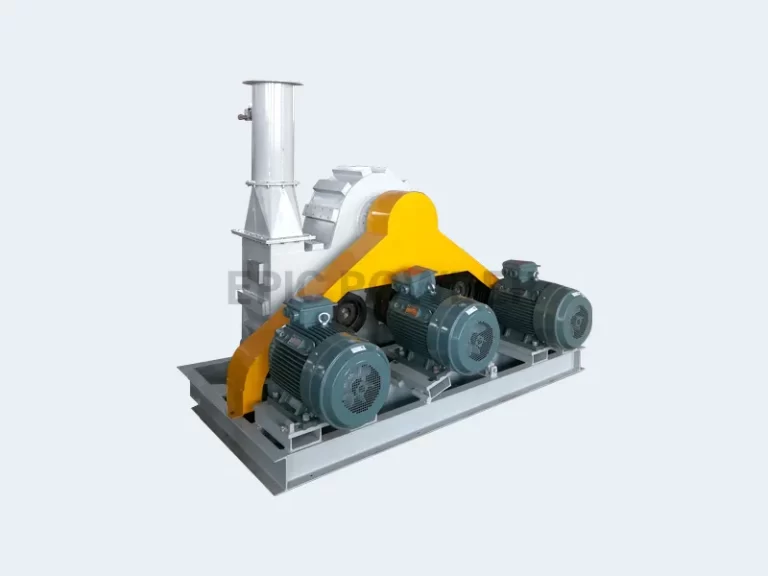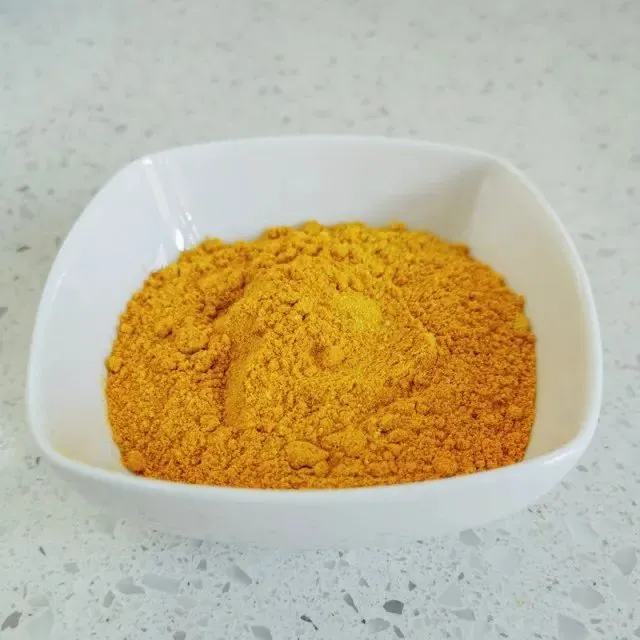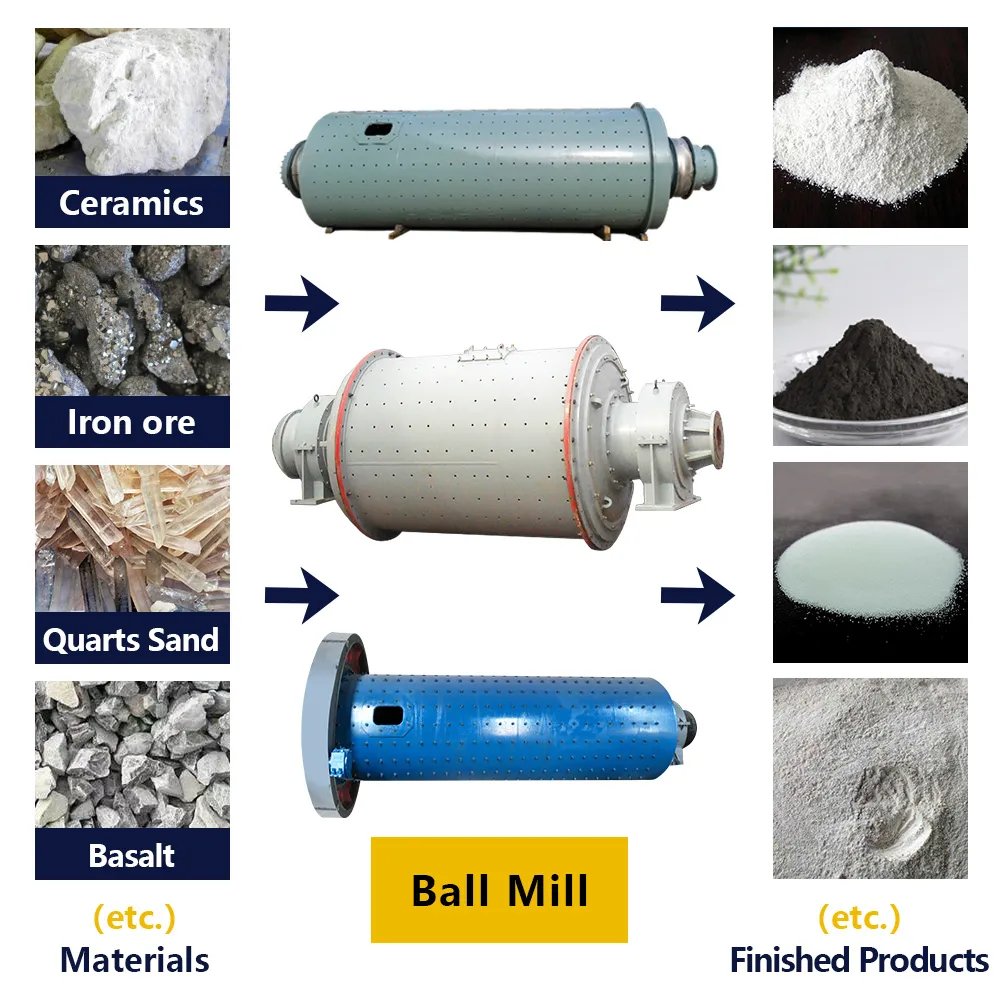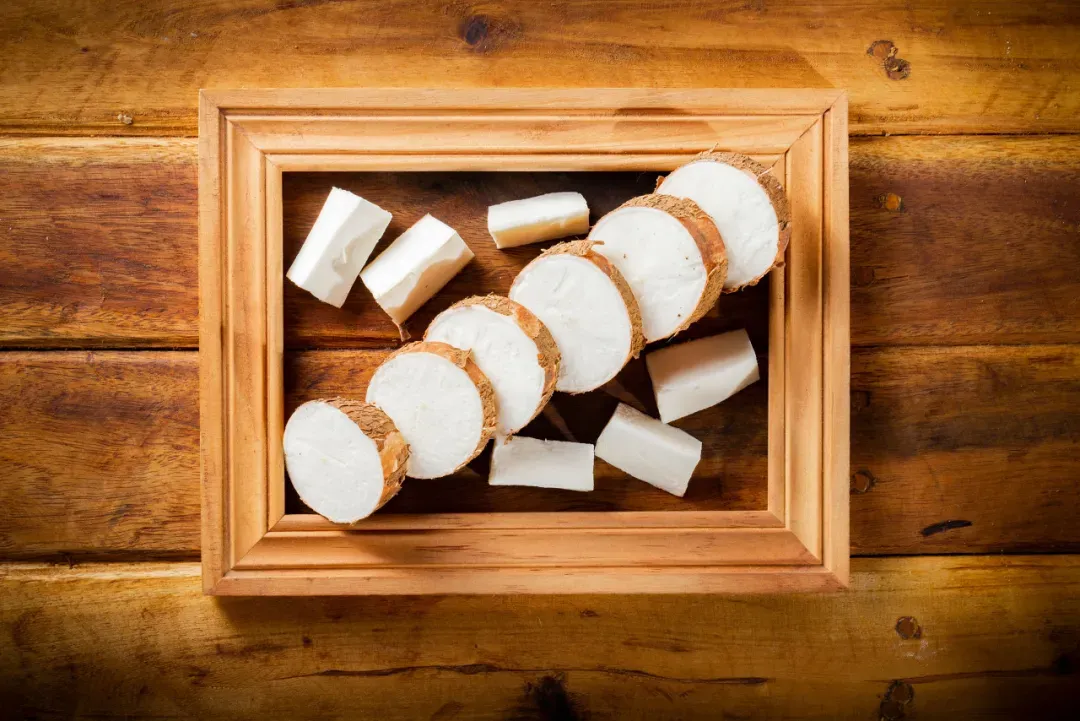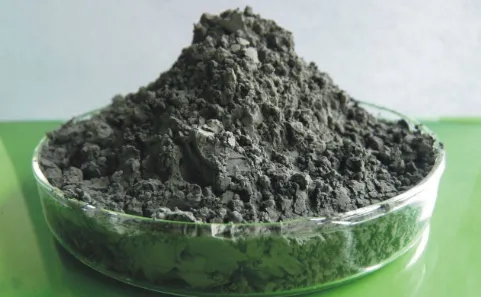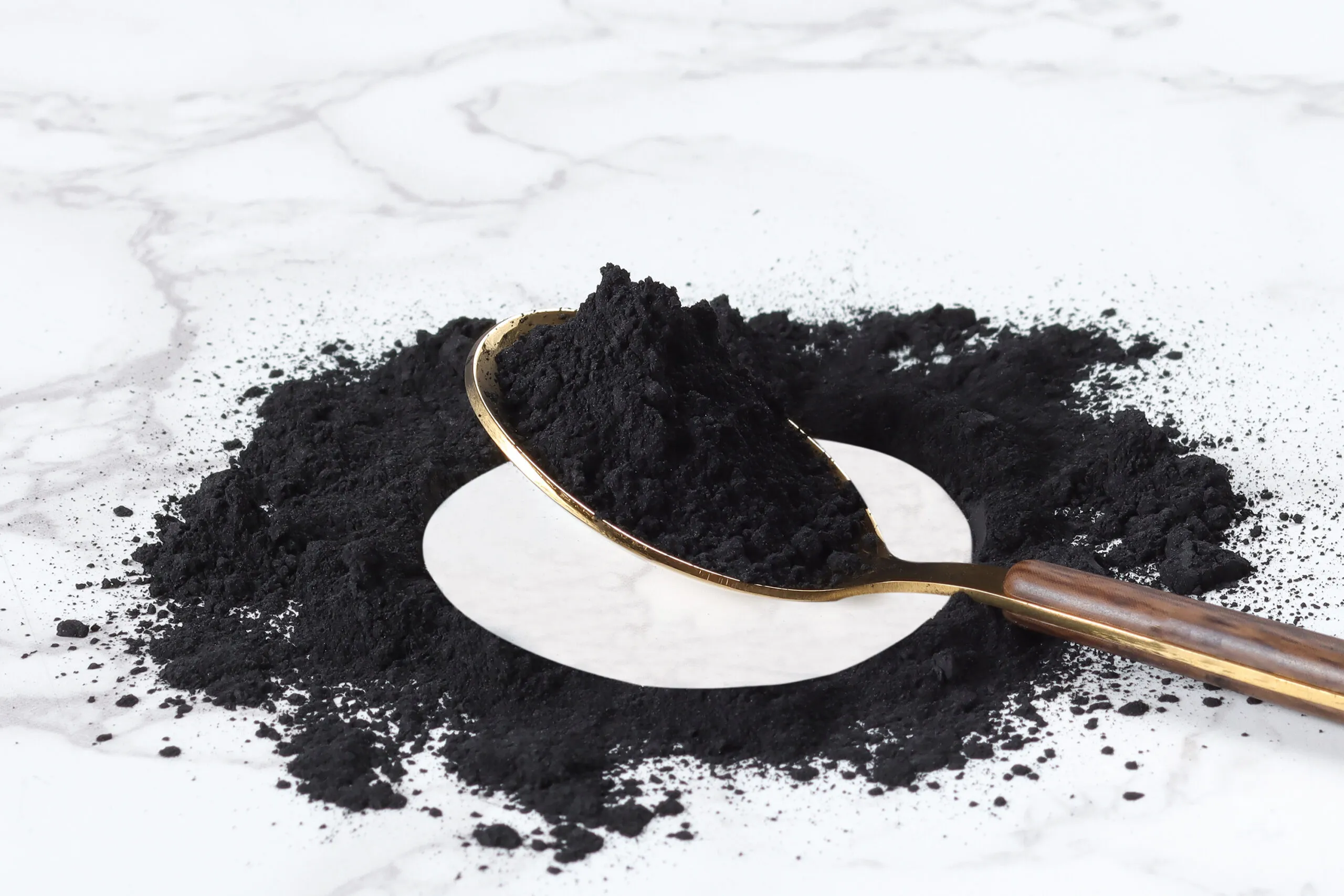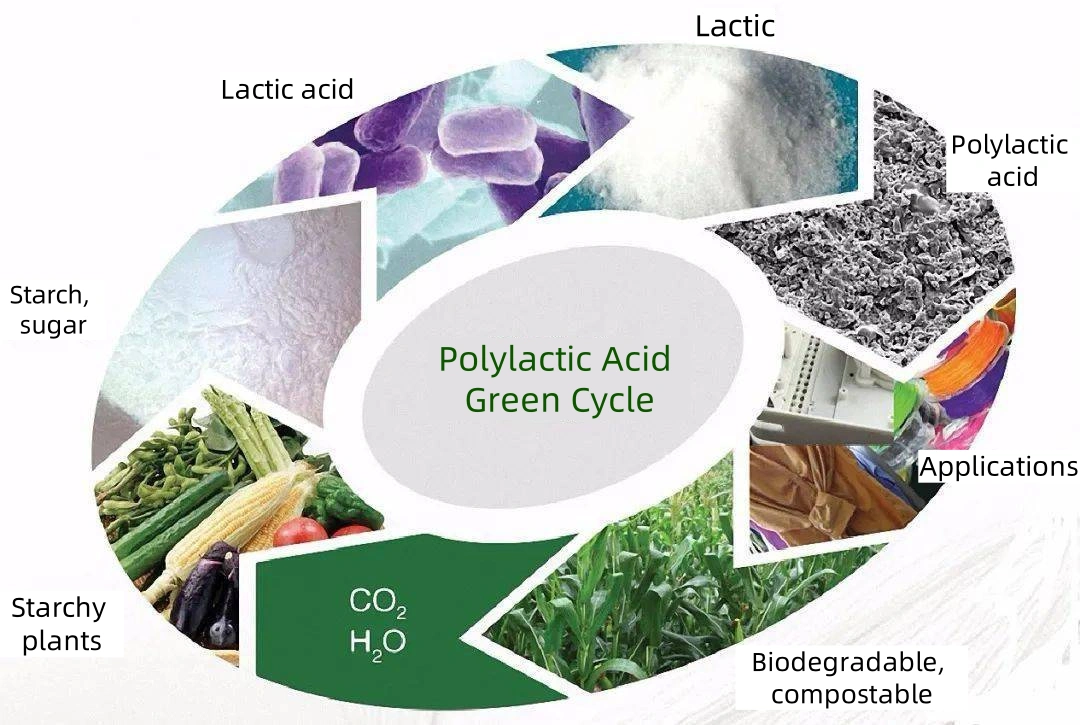Talc, a rare non-metallic mineral, is truly versatile. Its natural lamellar structure gives it many powerful properties, such as lubrication, anti-adhesion, flow aid, fire resistance, acid resistance, insulation, a high melting point, and chemical inertness.

When talc’s multiple “superpowers” are harnessed in coatings, it can significantly improve material performance while reducing product costs. It also leads to an all-around enhancement in the coating’s quality. Therefore, talc is widely used in various coating formulations.
Architectural Coatings

When talc is used in architectural coatings, it enhances the coating’s brushability, gloss retention, and leveling properties. At the same time, it greatly improves the coating’s dryness, re-adhesion, hardness, and corrosion resistance. Talc can enhance both the dry and wet hiding power, matting, crack resistance, and scrub resistance of coating products, while also improving the color development of titanium dioxide, thus reducing product costs. In architectural coating materials, talc plays an indispensable role.
Industrial Coatings

In the industrial sector, talc has long been a key player in industrial production. As a functional filler, talc is widely used in various industrial coatings, particularly in primer formulations. Due to its excellent polishing and water resistance properties, talc can completely or partially replace traditional primer fillers. In steel structure coatings, talc effectively improves coating sedimentation, mechanical properties of the coating film, and recoatability. Products like flash-baking primers and paints for transportation vehicles often prefer talc.
Furthermore, talc’s flake structure not only improves the leveling of coatings and reduces defects but also enhances the protection and decorative properties of the paint film. In high-temperature-resistant coatings, talc’s flake structure improves the high-temperature flexural stiffness of the coating. The silicon-oxygen bonds formed by talc and silicone resin under high temperatures provide excellent adhesion and structural stability to the coating. Talc plays a crucial role in improving the protection and decorative properties of coatings in industrial production.
Wood Coatings

Talc also finds its place in wood (and furniture) coatings. Its application in wood coatings primarily involves transparent primers and solid-color topcoats. Talc’s low hardness provides the paint film with polishability, allowing it to partially replace expensive zinc stearate polishing agents. The refractive index of talc, which is similar to that of the resin base material, gives the coating film high transparency, allowing the natural texture of the substrate to shine through. When used in matte topcoats, it can partially replace costly matting powders. Talc in wood coatings not only maximizes the appeal of wooden furniture but also meets the desire for a stylish lifestyle while reducing costs.
Anti-Corrosion Coatings
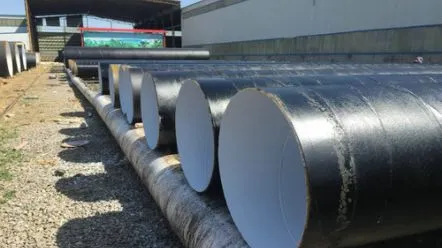
In extreme environments, talc proves its worth. It is often found in anti-corrosion coatings. Talc’s natural and stable flaky structure increases the viscosity of the paint and provides a shielding effect. It effectively prevents the penetration of corrosive media, such as acids, alkalis, and salts, while also preventing primers from penetrating porous substrates. This enhances the sealing effect and polishability of primers, significantly improving the anti-corrosion performance of the paint film. In the anti-corrosion coatings field, talc is a reliable and trustworthy partner.
Waterproof Coatings
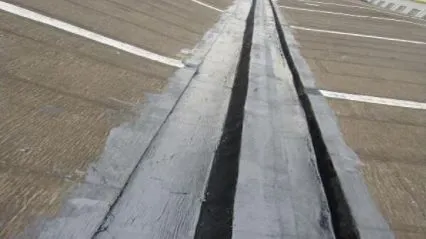
Talc has also achieved remarkable success in waterproof coatings. As a filler, it reduces volume shrinkage during curing, improves wear resistance and adhesion, and lowers costs. More importantly, it enhances the storage stability and heat resistance of the coating. It also improves the elastic elongation and tensile strength of waterproof coatings. With increased talc content, both the elastic elongation and tensile strength improve, offering maximum protection for the coated object.
The application of talc in architectural coatings, industrial coatings, wood coatings, anti-corrosion coatings, and waterproof coatings is just a glimpse of its vast potential. As a low-cost, non-renewable non-metallic mineral, it is also widely used in cosmetics, food, medicine, rubber, ceramics, textiles, printing, dyeing, and electronics industries. With ongoing research, humans will gain a deeper understanding of talc, allowing it to shine in even more fields in the future.
Jet Mill for Talc Powder Production
1. Fineness: D97 = 1-20 μm (adjustable)
2. Capacity: 0.5-5 T/H (model-dependent)
3. Principle: Gas-powered impact grinding, zero contamination
4. Temperature Control: <5°C rise (preserves whiteness & purity)
5. Classifier: Dynamic turbo-classifier, precision ±1μm
6. Energy Efficiency: 30-40% lower consumption vs. mechanical mills

Classifier Mill for Talc Powder
1. Fineness: D97 = 3-45 μm (adjustable)
2. Precision: Multi-grade cuts (D50/D90/D97 adjustable)
3. Throughput: 1-10 T/H (customizable)
4. Particle Shape: Spherical/narrow distribution (low attrition)
5. Material Loss: <0.5% (closed-loop recycling system)
6. Automation: PLC control with real-time monitoring

At Epic Powder, we engineer excellence into every micron. Our jet mills and classifier mills combine German-inspired precision with energy-smart designs, ensuring your talc powder meets the strictest industry standards—from cosmetics to ceramics.
Zero-Contamination Guarantee – Proprietary ceramic linings and 316L stainless steel options for pharmaceutical-grade purity.
Smart Cloud Integration – Remote diagnostics and predictive maintenance to slash downtime by 30%.
Request a free particle-size analysis today and let Epic Powder optimize your production!

